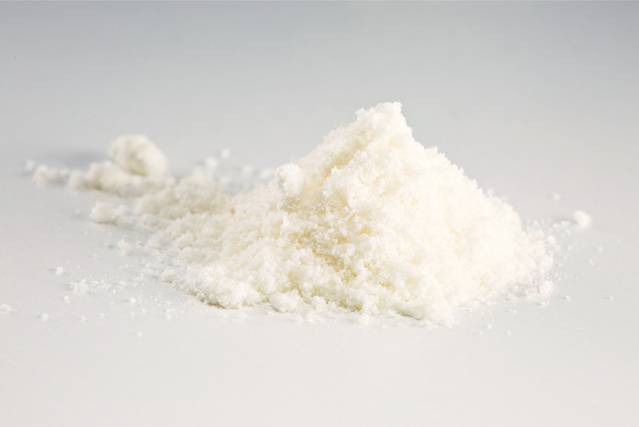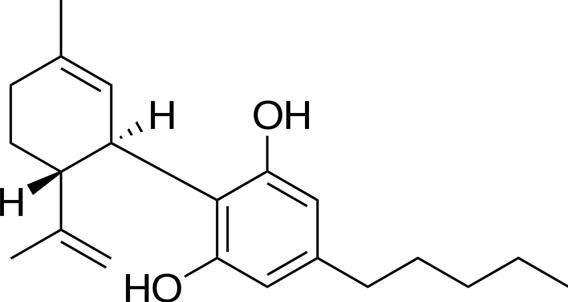By CBDepot s.r.o.
Uses of cannabinoids
CBDepot supplies a range of cannabis-derived and cannabinoid-related products that are finding an increased range of medical, pharmaceutical research, cosmetic, nutraceutical and food additive applications in what is becoming one of the world’s fastest growing markets.
The uses of cannabinoids and the range of phytocannabinoids are both so diverse as to deserve a guide as to ‘What are cannabinoids?’.
Range of cannabinoids
The cannabis sativa L. plant contains more than 110 identified cannabinoids, of which several are identified as potentially useful active pharmaceutical ingredients (APIs). The most useful cannabinoids definition is that these are chemical compounds that occur naturally within the plant and its flowers (buds). These are also referred to as phytocannabinoids to indicate that they are plant-derived, as opposed to endocannabinoids that are formed endogenously in mammalian bodies. Both phytocannabinoids and endocannabinoids bind to cannabinoid receptors in the central nervous system, most significantly CB1 and CB2.
International pharmacopeias classify these phytocannabinoids into a range of subclasses. The principal cannabinoids in approximate order of importance and research prominence, are:
Tetrahydrocannabinol (THC): the main psychoactive component in cannabis that reduces pain perception in the brain and is also neuroprotective, with affinity for the CB1 and CB2 receptors.
Cannabidiol (CBD): non-psychoactive and a potent CB1 receptor antagonist, indicated as having anti-anxiety effects.
Cannabigerol (CBG): similar non-psychoactive and CBI receptor agonist properties as CBD.
Cannabinol (CBN): Mildly psychoactive but indicated as effective at relieving convulsions or seizures, anxiety, nausea and inflammatory changes.
Cannabinodiol (CBDL): also mildly psychoactive.
Cannabichromene (CBC): The CBC cannabinoid is the basic form that occurs mainly as cannabichromenic acid (CBCA), which is the sole intermediate for all other phytocannabinoids. No binding to CB1 or CB2 but found to be an agonist of TRPA1, TRPV3 and TRPV4.
Cannabicyclol (CBL): non-psychoactive degradative product, similar to CBD, formed as CBC degrades through natural irradiation.
Other phytocannabinoids include:
Cannabielsoin (CBE), Cannabitriol (CBT), Cannabivarin (CBV), Tetrahydrocannabivarin (THCV), Cannabidivarin (CBDV), Cannabichromevarin (CBCV), Cannabigerovarin (CBGV), and Cannabigerol Monoethyl Ether (CBGM).
Phytocannabinoid applications
The most important of these cannabinoid product groups is CBD, which has a very wide range of identified and potential applications. These include:
- As a pharmaceutical medicine applied for its established anti-anxiety effects, particularly in relief of epilepsy and administered in oral dosage forms. THC seems to have potential applications for pain relief but its use is made problematic due to its psychoactive effects.
- As a nutraceutical or food additive used in products like oils and edibles to impart a feeling of relaxation and calm as well as a flavoring.
- As a cosmetic ingredient, particularly in skin care applications, pioneered by The Body Shop’s use of hemp seed oil as an ingredient in products introduced during the 1980s. Other uses for hemp oil are connected with flavorings and aromatics, while its fats are useful in food additives.
Cannabinoid health benefits
While the US Food & Drug Agency has so far approved just one CBD medication, Epidiolex, for the treatment of certain types of epilepsy, there is a wealth of anecdotal evidence that CBD health benefits include alleviating back pain, osteoarthritis, and even some cancers. Further research is underway in all these areas, unlocked by worldwide reforms to the social, regulatory and legal framework surrounding cannabis.
Clinical research on CBD has included studies on anxiety, cognition, movement disorders, and pain.
CBD can be taken into the body in multiple ways, including by inhalation of smoke or vapor, as an aerosol spray into the cheek, and orally. It may be dispensed as CBD oil or as a prescription liquid solution.
CBDepot pure cannabinoids
Phytocannabinoids can be separated and isolated in the laboratory to produce pure cannabinoid oil or powder. CBDepot is already achieving this to produce quality assured CBD and CBG for pharmaceutical, nutraceutical, cosmetic and food additive applications now under licensing review.
CBDepot supplies pure cannabinoids in powder form, soluble in alcohols, alkanes, aromatic hydrocarbon, chlorinated solvents, or polar aprotic solvents. The product is manufactured, handled and stored in accordance with Good Manufacturing Practice (GMP) guidelines and as outlined un the International Conference on Harmonization ICH Q7 guideline on Good Manufacturing Practice for Active Pharmaceutical Ingredients.
Resources
Click on CBDepot CBD Research for scientific information.


















